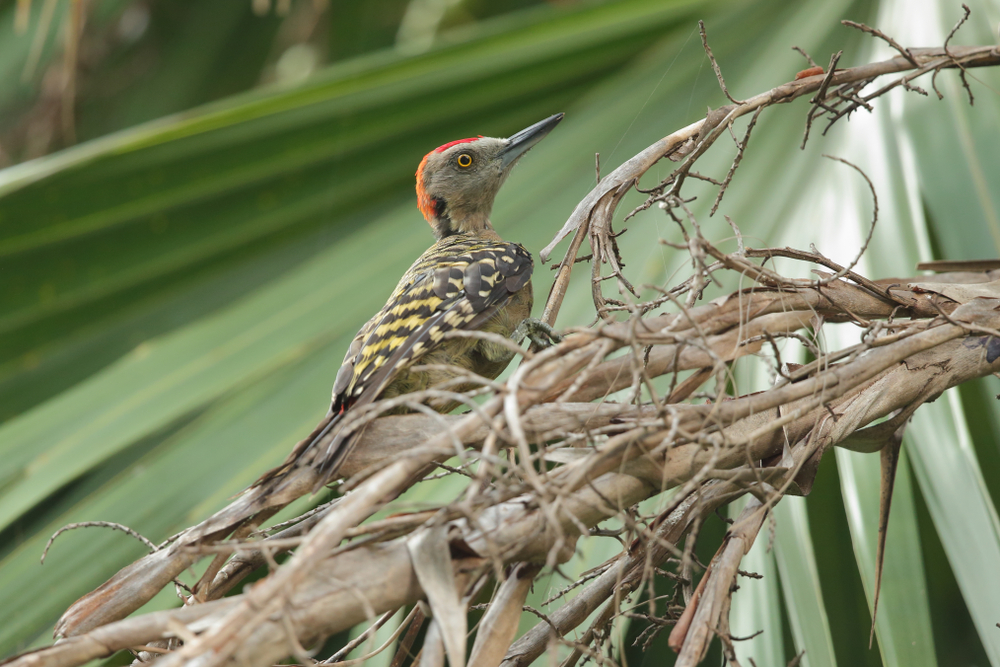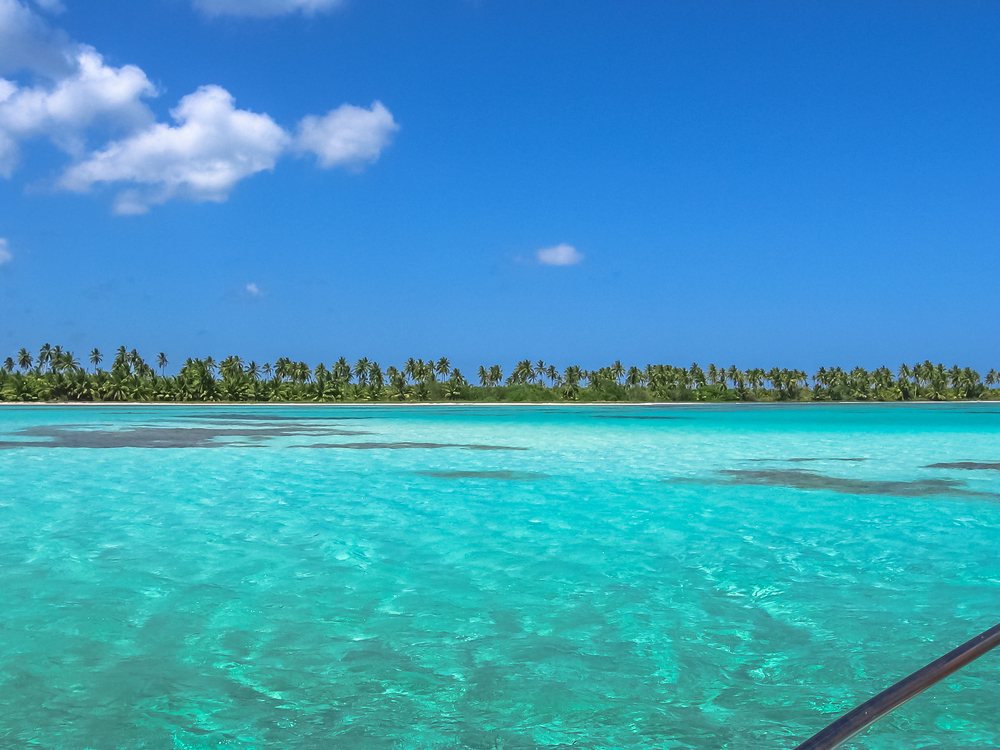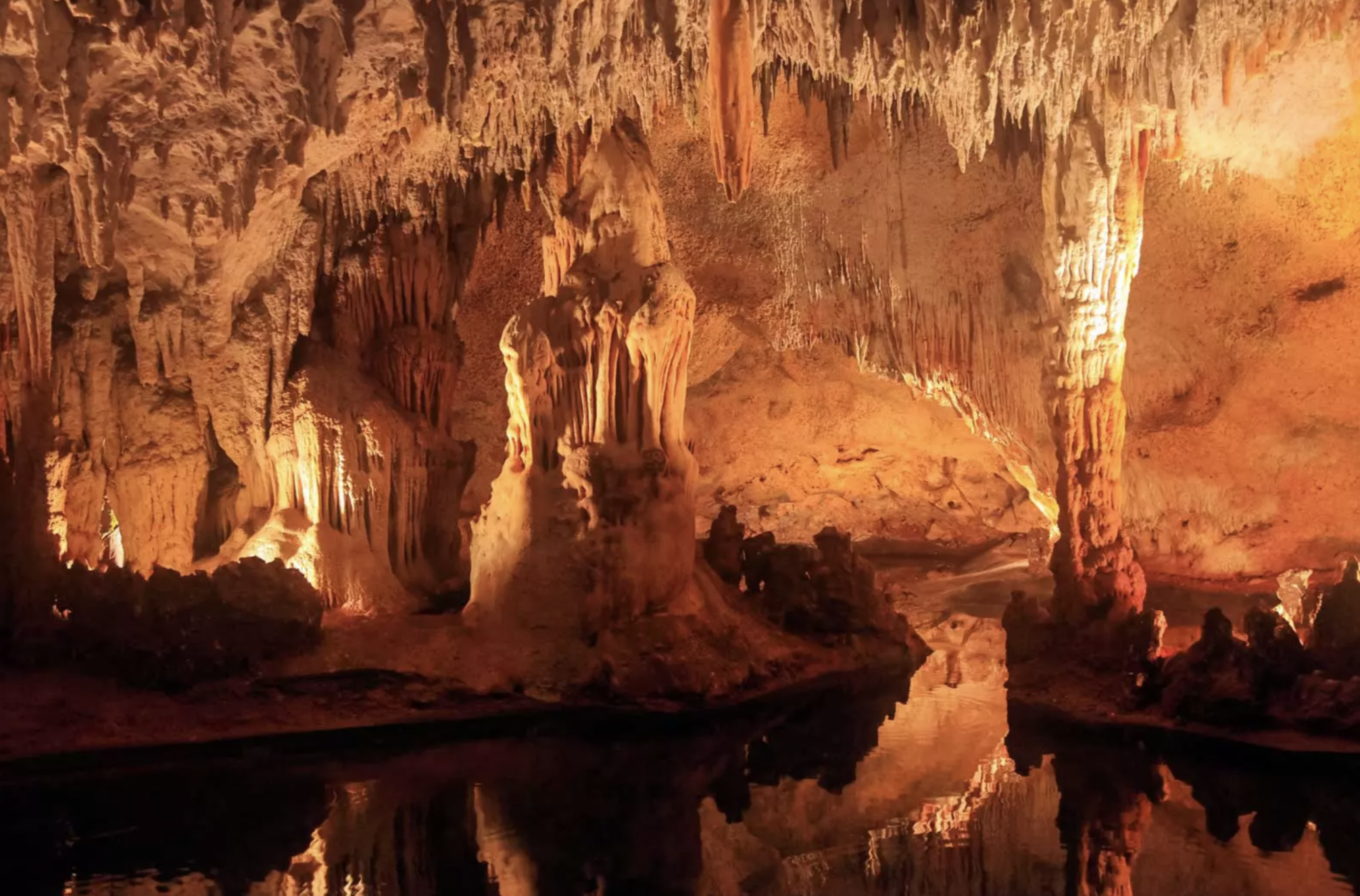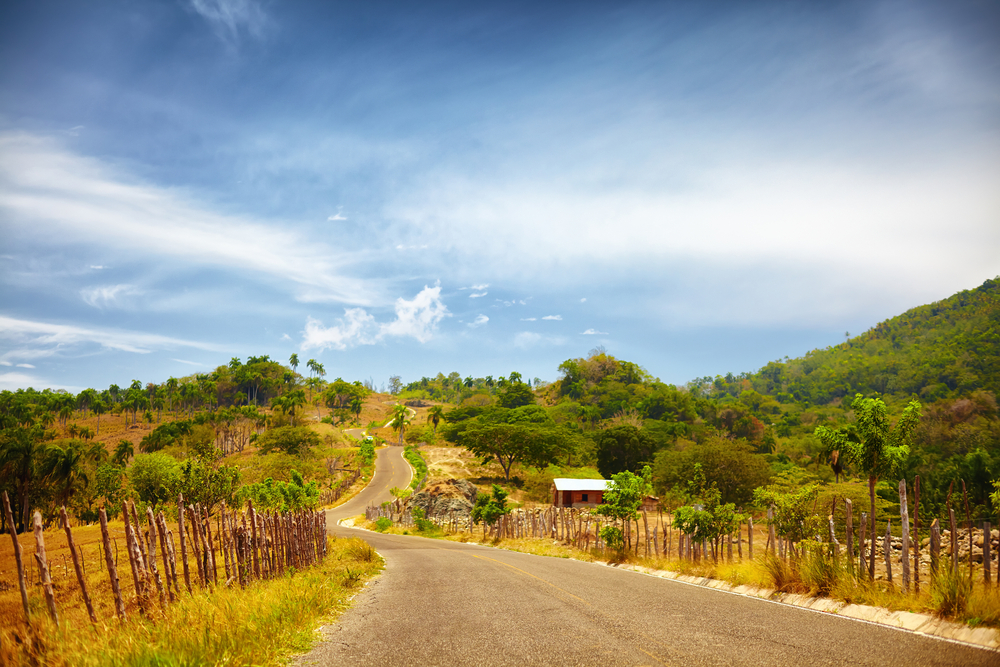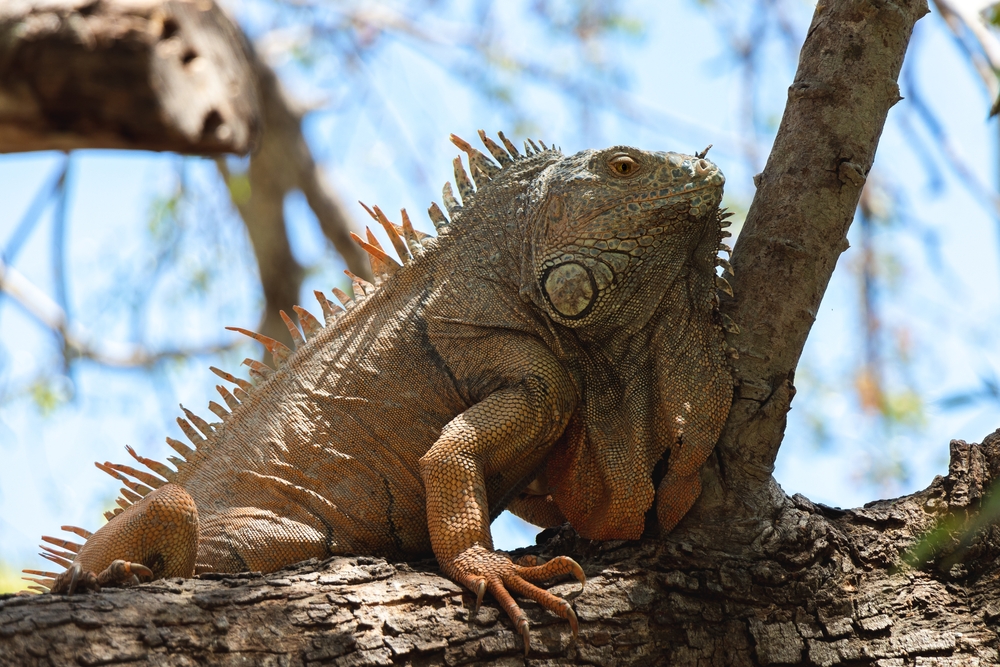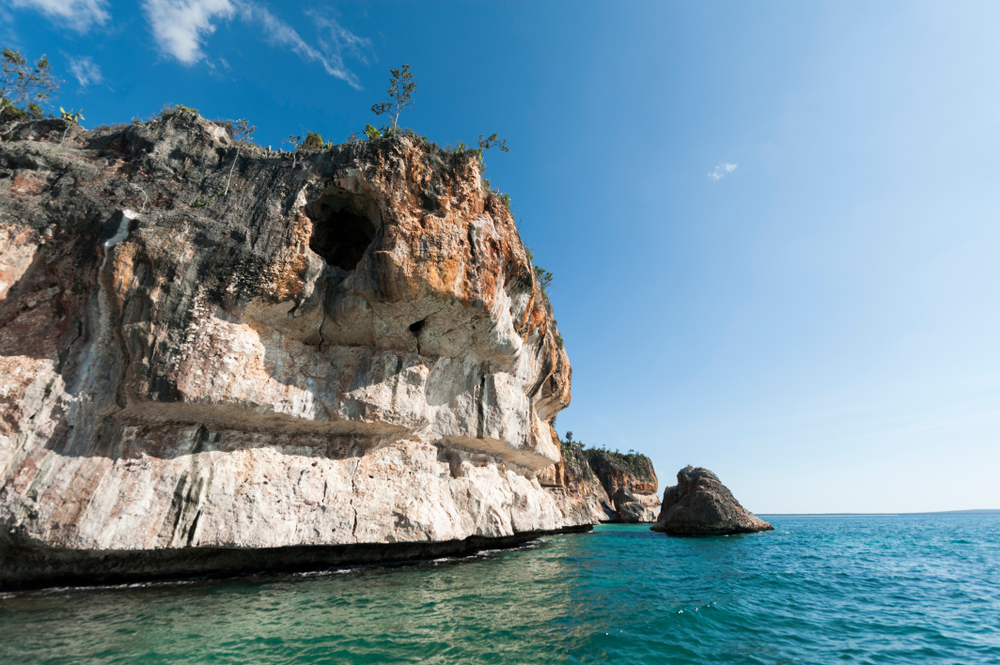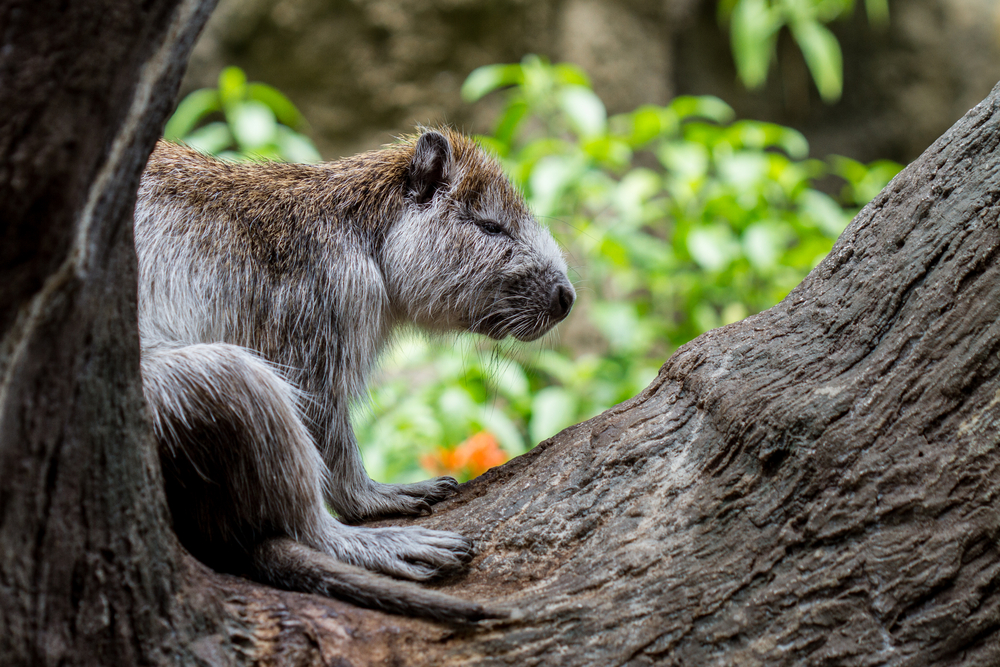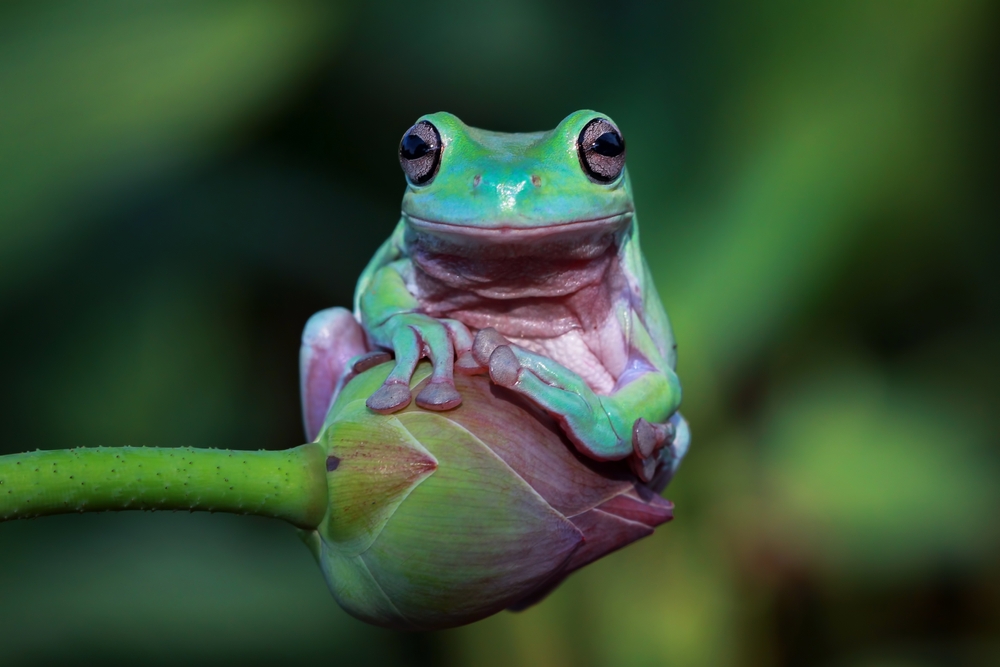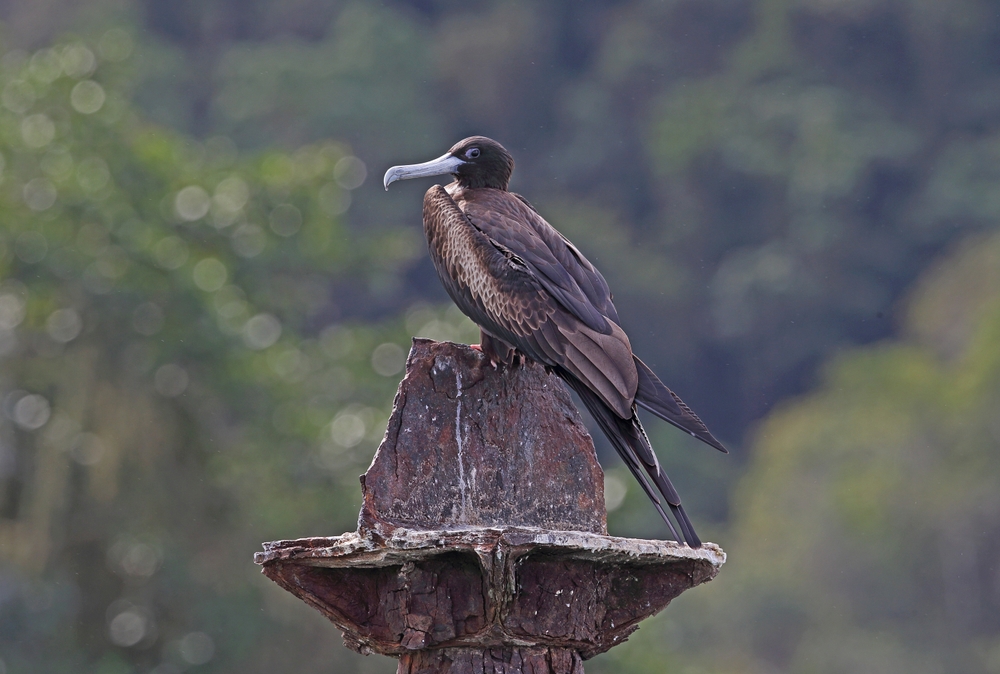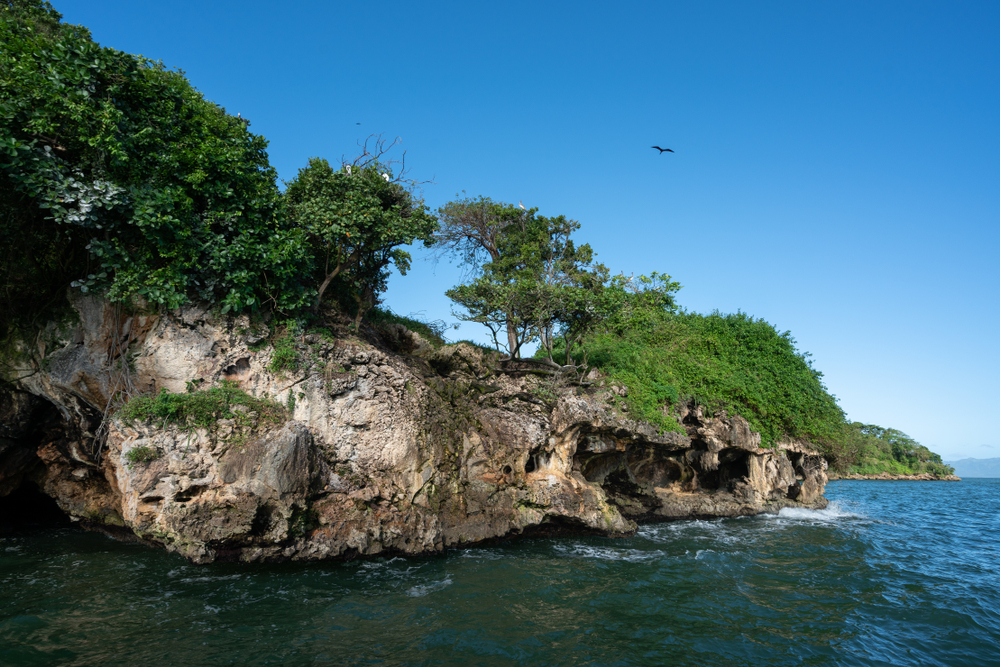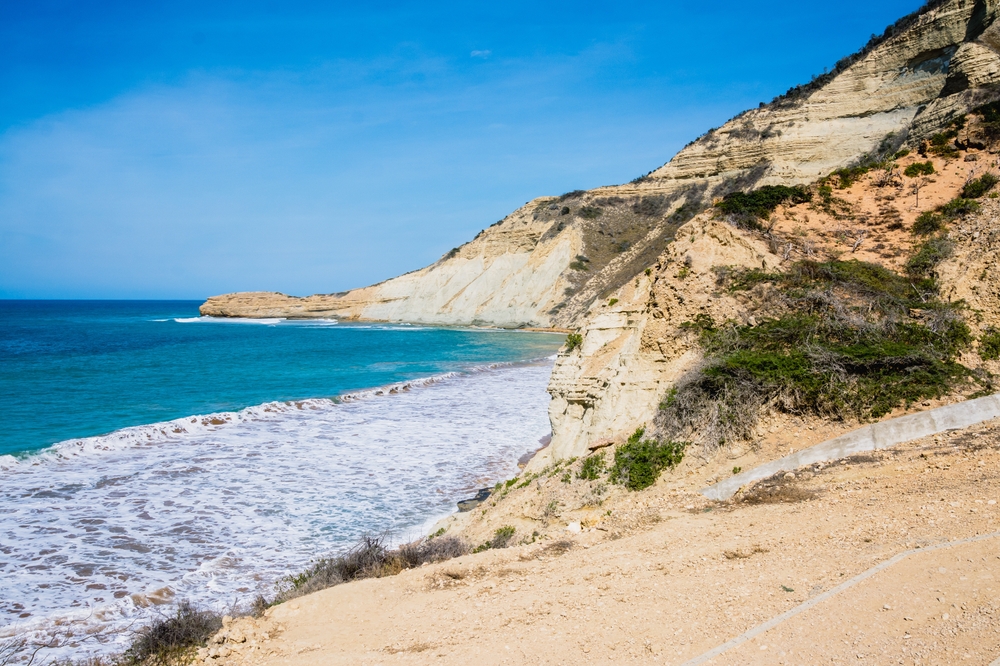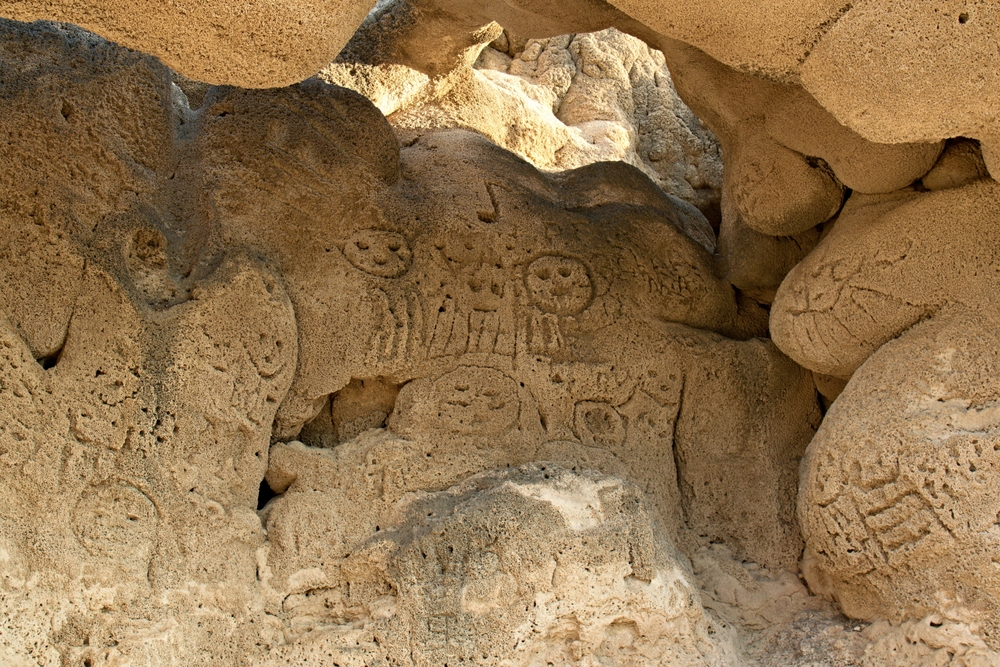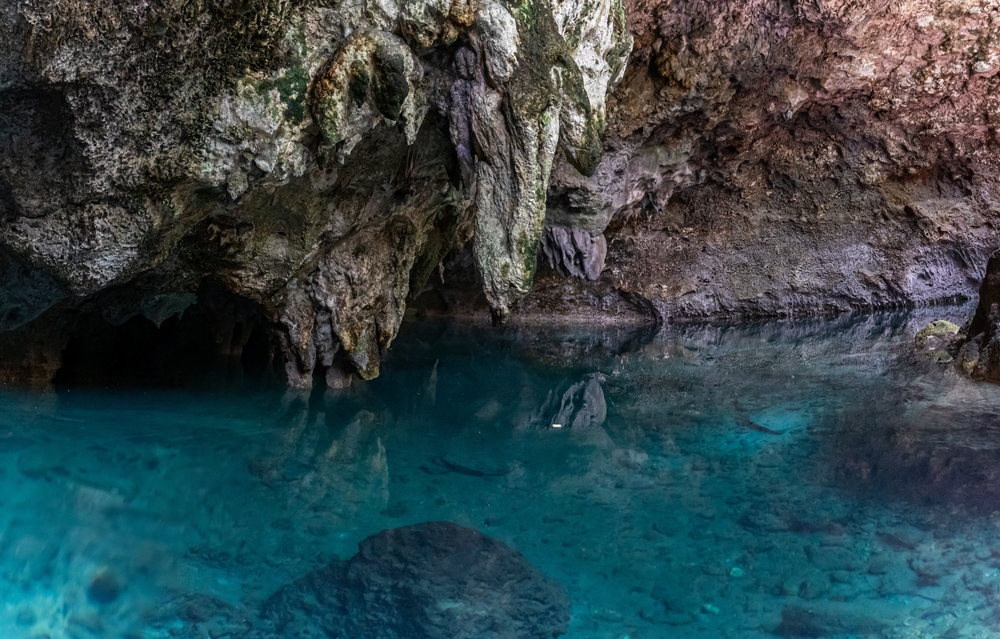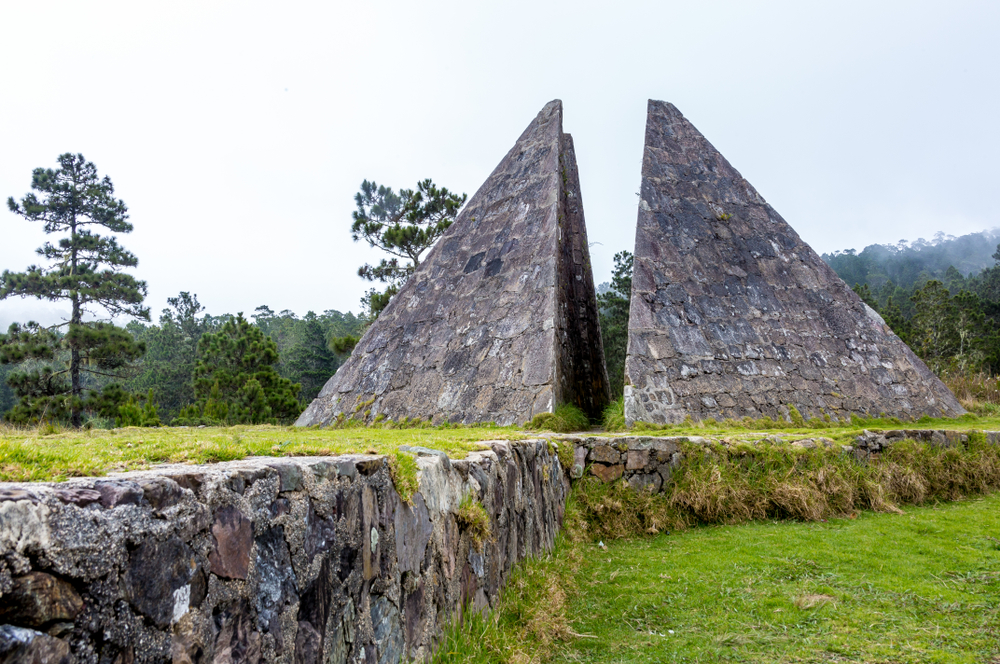The Dominican Republic is home to 29 national parks, showcasing an incredible diversity of ecosystems, including tropical rainforests, cloud forests, savannas, mangroves, and coral reefs. These parks protect the country’s rich biodiversity, which includes hundreds of bird species, vibrant marine life, and unique flora. The national parks also preserve important cultural and historical sites, reflecting the Dominican Republic’s commitment to environmental and cultural conservation.
One of the most celebrated parks is Los Haitises National Park, located in the Samaná Bay region. This park features dramatic limestone karst formations, dense mangroves, and a network of caves adorned with ancient Taíno petroglyphs. Visitors can explore the park by boat, navigating through its maze of mangrove forests and spotting manatees, pelicans, and herons. Los Haitises is also an important breeding ground for marine life and offers a glimpse into the island’s rich pre-Columbian history.
Jaragua National Park, located in the southwestern region, is the largest national park in the Caribbean, covering a mix of terrestrial and marine ecosystems. The park includes the stunning Bahía de las Águilas, a pristine white-sand beach often hailed as one of the most beautiful in the world. Jaragua is also a haven for endangered species, such as the rhinoceros iguana and the West Indian manatee. Its marine zones are critical for coral reef conservation and serve as breeding grounds for sea turtles.
Pico Duarte is located within part of two larger parks known as José Armando Bermúdez National Park and José del Carmen Ramírez National Parks, protects the highest peak in the Caribbean, Pico Duarte, which rises to an elevation of 3,098 meters. This mountainous park features cool pine forests and a rugged landscape that attracts adventurous hikers. The trek to the summit offers breathtaking views and a chance to experience the island’s alpine-like environment, a stark contrast to its tropical beaches.
Isla Cabritos National Park, located in Lake Enriquillo, protects the largest hypersaline lake in the Caribbean and its surrounding arid landscape. The park is home to American crocodiles and flamingos, as well as endemic species like the Ricord’s iguana. Visitors can take guided tours to explore the park’s unique desert-like environment and observe its fascinating wildlife.
Del Este National Park, now renamed Cotubanamá National Park, is another highlight, offering both terrestrial and marine wonders. Located in the eastern part of the country, the park features tropical forests, caves with Taíno art, and coral reefs. Its marine areas, including Saona Island, are popular for snorkeling and diving.
The Dominican Republic’s national parks face conservation challenges such as deforestation, illegal fishing, and the impacts of climate change. However, the government and local communities have made significant strides in addressing these issues through reforestation programs, marine protection initiatives, and ecotourism development, ensuring these natural treasures are preserved for future generations.










































































